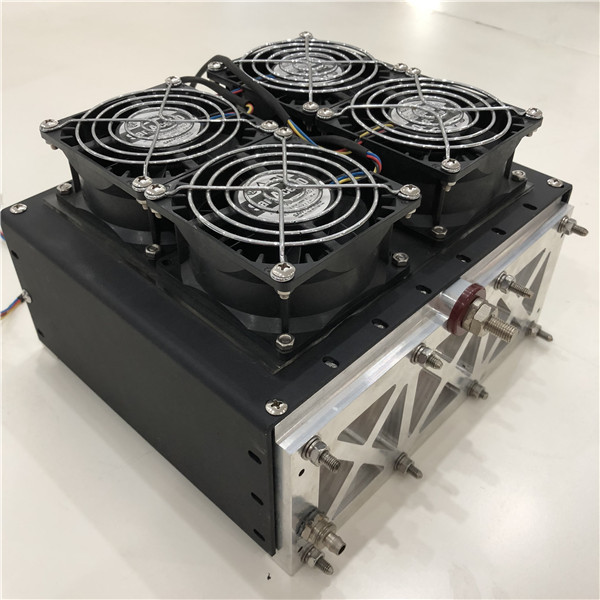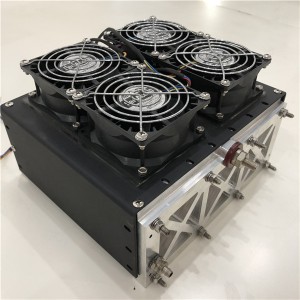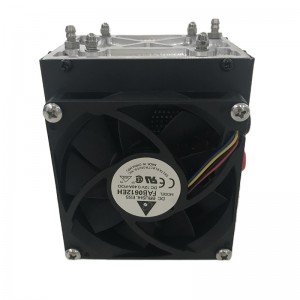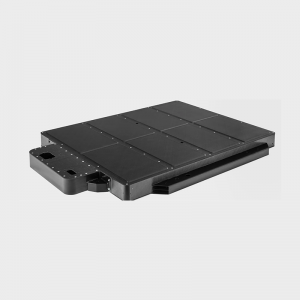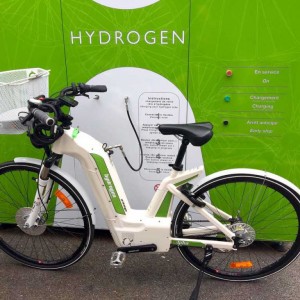Hydrogen Fuel Cell (Electrochemical cell)
Hydrogen fuel cell
A fuel cell is an electrochemical cell that converts the chemical energy of a fuel (often hydrogen) and an oxidizing agent (often oxygen) into electricity through a pair of redox reactions. Fuel cells are different from most batteries in requiring a continuous source of fuel and oxygen (usually from air) to sustain the chemical reaction, whereas in a battery the chemical energy usually comes from metals and their ions or oxides that are commonly already present in the battery, except in flow batteries. Fuel cells can produce electricity continuously for as long as fuel and oxygen are supplied.
There are many types of fuel cells, but they all consist of an anode, a cathode, and an electrolyte that allows ions, often positively charged hydrogen ions (protons), to move between the two sides of the fuel cell. At the anode a catalyst causes the fuel to undergo oxidation reactions that generate ions (often positively charged hydrogen ions) and electrons. The ions move from the anode to the cathode through the electrolyte. At the same time, electrons flow from the anode to the cathode through an external circuit, producing direct current electricity. At the cathode, another catalyst causes ions, electrons, and oxygen to react, forming water and possibly other products. Fuel cells are classified by the type of electrolyte they use and by the difference in startup time ranging from 1 second for proton-exchange membrane fuel cells (PEM fuel cells, or PEMFC) to 10 minutes for solid oxide fuel cells (SOFC).
We provide product customization services, ranging from tens of watts of small portable stacks, hundreds of watts of electric vehicles or to drone stacks, several kilowatts of forklift stacks, and even dozens of kilowatts of heavy truck stacks. Customized service.
| Rated output power | 50w | 500W | 2000 W | 5500W | 20KW | 65kW | 100kW | 130kw |
| rated current | 4.2A | 20A | 40A | 80A | 90A | 370A | 590A | 650A |
| Rated voltage | 27V | 24V | 48V | 72V(70-120V)DC | 72v | 75-180V | 120-200V | 95-300V |
| Working environment humidity | 20%-98% | 20%-98% | 20%-98% | 20-98% | 20-98% | 5-95%RH | 5-95%RH | 5-95%RH |
| Working environment temperature | -30-50℃ | -30-50℃ | -30-50℃ | -30-50℃ | -30-55℃ | -30-55℃ | -30-55℃ | -30-55℃ |
| weight of system | 0.7kg | 1.65kg | 8kg | <24kg | 27kg | 40kg | 60kg | 72kg |
| Size of system | 146*95*110mm | 230*125*220mm | 260*145*25mm | 660*270*330mm | 400*340*140mm | 345*160*495mm | 780*480*280mm | 425*160*645mm |
Hydrogen production system, hydrogen storage system, hydrogen supply system, electric stack, a whole set of systems provide one-stop service.




